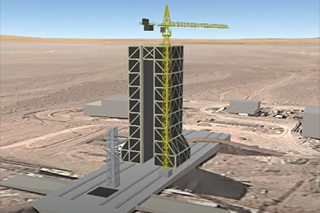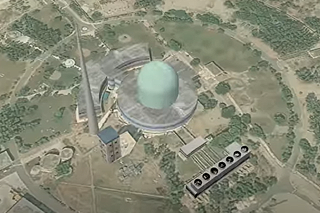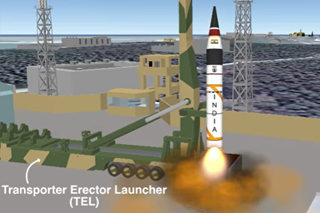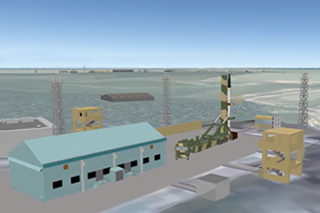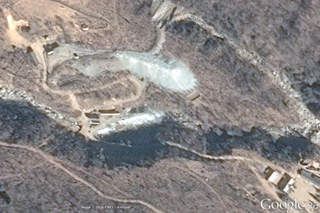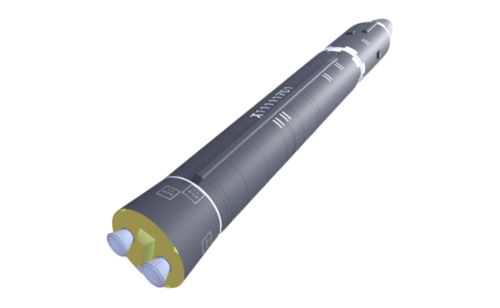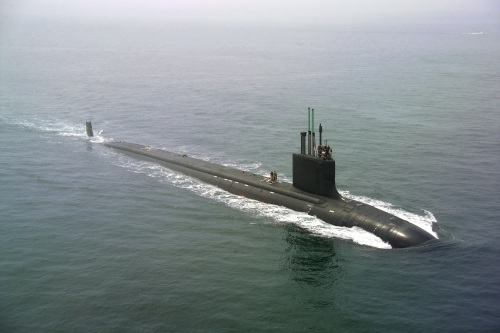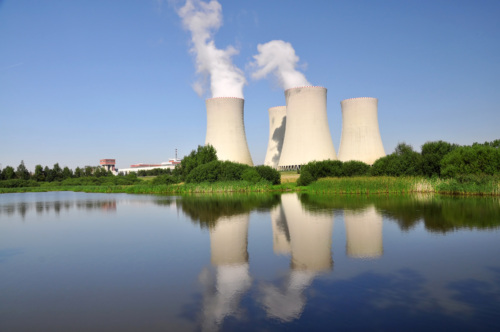Scientific Studies and Research Center (Chemical)
- Location Damascus
- Type Chemical-Research and Development
- Facility Status Operational
Information on global nuclear, chemical, and missile facilities, based on the most credible available open-source material. Prepared for NTI.org by the James Martin Center for Nonproliferation Studies.
Facilities relevant to WMD and missile facilities of key countries around the world. Since definitive information is often classified, the descriptions and mapped locations of these facilities are sometimes speculative, based on the most credible available open-source material.
 India
India Iran
Iran Israel
Israel Kazakhstan
Kazakhstan North Korea
North Korea Pakistan
Pakistan Russia
Russia Syria
SyriaDisclaimer: Map locations are approximations for illustrative purposes only. Precise positioning has been deliberately avoided. This map is intended for a broad geographic overview only. This material was produced independently for NTI by the James Martin Center for Nonproliferation Studies (CNS).
Interested in using our b-roll footage for your project? Contact us
Education Center
